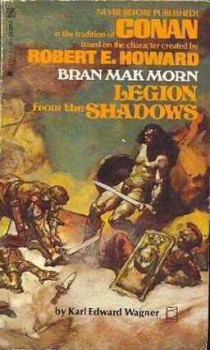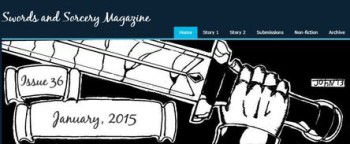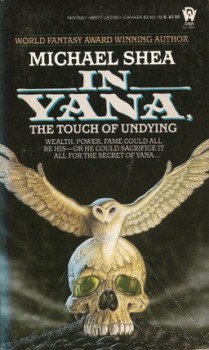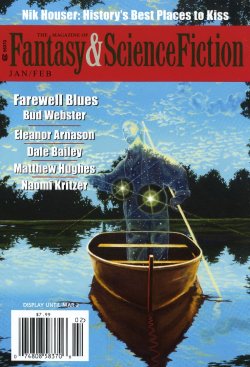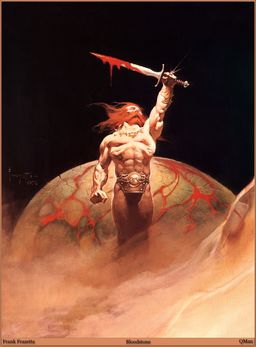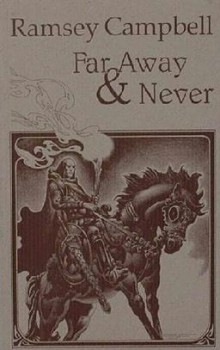February Short Story Roundup
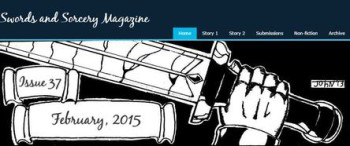 Here we are again, people. It’s that time when I let you know what’s going on in genre magazines that might possibly appeal to fans of heroic fantasy. Whatever lack of love swords & sorcery gets from the big publishers, it’s doing quite well at the short story length in the ‘zines.
Here we are again, people. It’s that time when I let you know what’s going on in genre magazines that might possibly appeal to fans of heroic fantasy. Whatever lack of love swords & sorcery gets from the big publishers, it’s doing quite well at the short story length in the ‘zines.
Swords and Sorcery Magazine Issue 37 kicks off its fourth year of publication with two decent enough stories. The first is “Old Bear and the Grey Bird” by Nathan Elwood. It’s narrated by Old Bear, a non-human native of a land increasingly dominated by human colonists. He’s almost nine feet tall, covered in thick gray fur, and two short horns rise out of his head. His people have retreated into the remote, hidden places of the land and most humans consider them legendary.
Despite his own efforts to escape interaction with humans, Old Bear feels moved to intervene when he comes across a burned and pillaged human settlement. When he spots several raiders about to kill the only survivor, a young girl, the hunter steps in to rescue her. The rest of the story is about him deciding what he should do with her.
